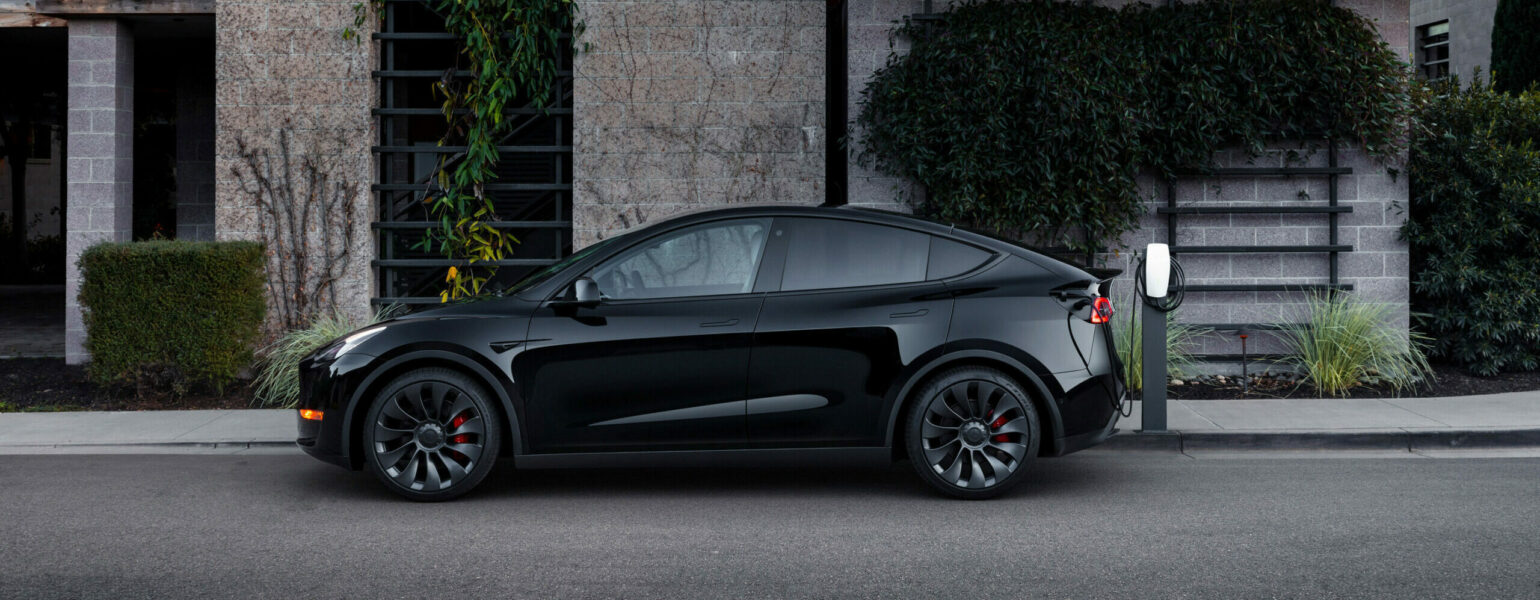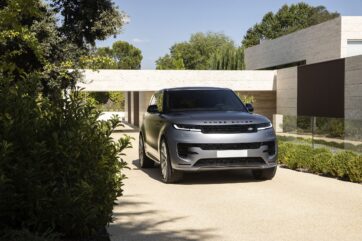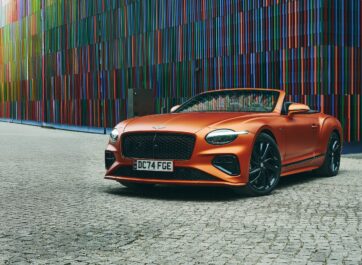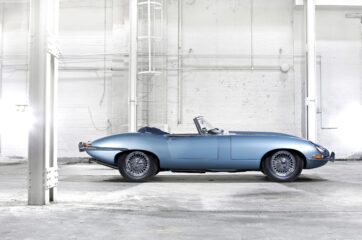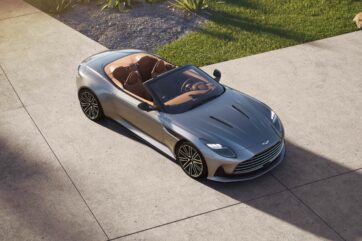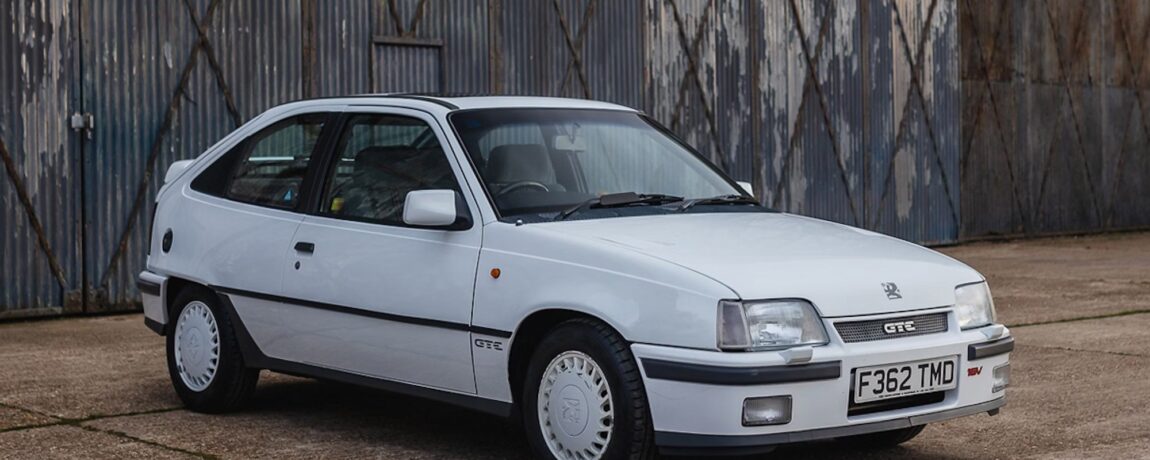
Cars Turning 40 in 2024 – Part 2
The term ‘classic car ownership’ used to portray hours spent in a garage covered in engine oil whilst trying to figure out where the part you are holding is meant to actually be fitted. It often involved a drive out in your pride and joy, only when the weather was nice to prevent the car rusting, but not too hot so the engine didn’t overheat. They were often a purchase of only those who knew their way around an engine bay and could quote the part numbers off the top of their head having had to order them so often.
The deciding factor these days for what is classed as a ‘classic’ car is a vehicle that was built 40 years ago or more and subsequently is no longer required to pay road tax or to undergo an annual MOT. It is then classed by the DVLA as a ‘historic vehicle’ and as such can be considered a classic and its collectable appeal is instantly assured. Or is it.
These days there are a number of vehicles which now fall into that category which seem like they were built much more recently than 1984. Cars that were either a common sight on UK roads or seem to have aged so well in terms of looks that they seem a lot younger than they actually are. Part 1 of our Surprising Classic Cars list took a look at those cars turning 40 years old this year that are considered more luxurious or sporty. Part 2, however, looks at the more everyday cars that perhaps your parents owned when you were younger or may have been your first car when you passed your test all those years ago.
Austin Montego
1984 was a big year for the British Leyland brand with the launch of the Austin Montego and the Rover 200 (see below) joining the Maestro and Metro in the line-up. The Montego was a replacement for both the Morris Ital, after updating from the Marina, and the Austin Ambassador, which had been updated from the Princess. It also was challenged with taking on all-new competitors in the shape of the Ford Sierra and Vauxhall Cavalier.
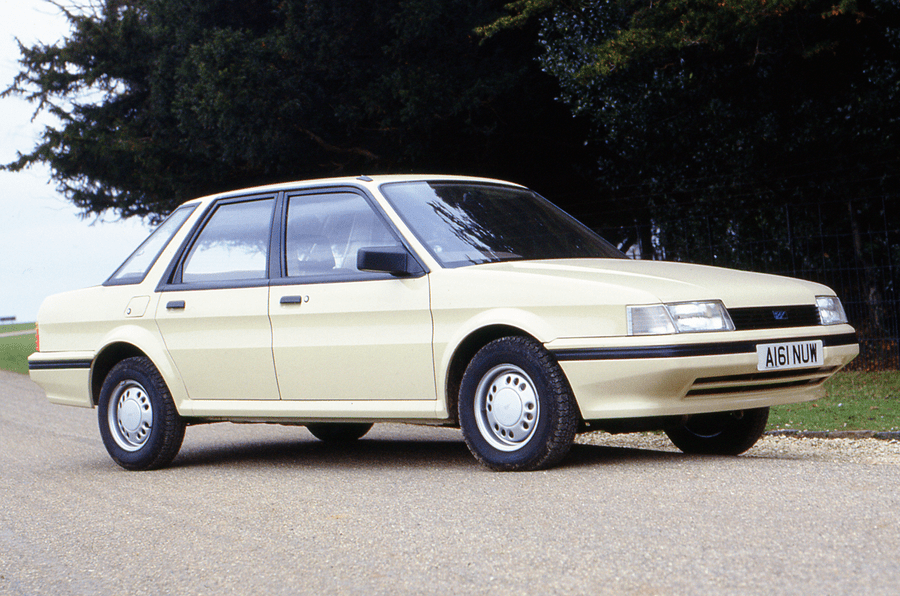
Whilst the Sierra and Cavalier looked thoroughly modern both inside and out, the Montego had been hampered by an overly long development phase, almost 10 years in total, and as such was not as cutting edge as its rivals. With a number of designers contributing to the finished product, as well as the sharing of a platform and components with the Maestro despite being in different class sizes, the styling and functionality suffered as a result.
Despite this the Montego offered a reasonable driving experience by the time it had been revised over its lifetime, especially by the time it was joined by the MG sportier variant. Although being heavily reliant on the UK market it did sell remarkably well. Almost 570,000 Montego models were sold over its 11-year production run, with over a fifth of those being sold in Britain alone. Estimates show however that as few as 100 may remain on UK roads, with built quality issues and rusting taking their toll on the cars.
Vauxhall Astra (MkII)
Following the success of the first Astra model, Vauxhall returned in 1984 with the much more rounded second model. Following the 1980’s trend for more aerodynamic styling the ‘teardrop’ shape of the new Astra was noted for its advanced aerodynamic design. Utilising the same engines and running gear as its predecessor, the new Astra came in 3-door, 5-door, a 4-door Saloon named the Belmont, Estate and Cabriolet variants, even a popular Van body style.
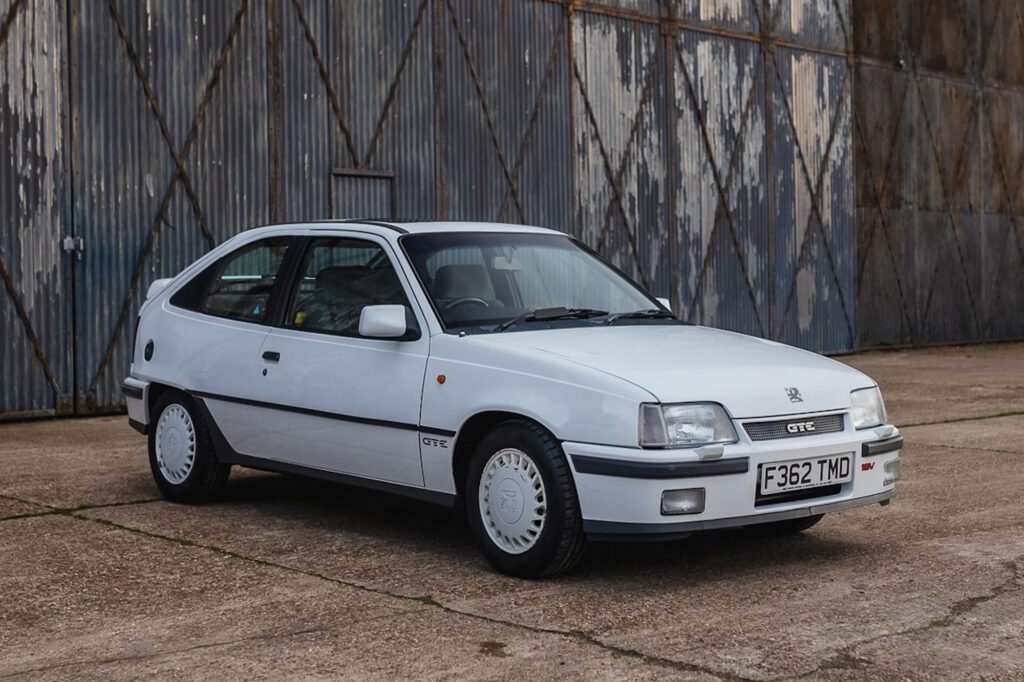
It was voted European Car of the Year in 1985 and was for many years the second best-selling car in Britain, only beaten by the hugely successful Ford Escort. Its success also spawned one of the most notable performance cars of the era in the Astra GTE. With all-electronic dashboard, racier styling and more power on offer, the GTE took on the might of the Fast Fords and provided a respectable alternative. A familiar sight on British roads throughout the 1980’s and 1990’s a good condition GTE is assured appreciating classic car status these days.
Renault Espace
Considered by many as the pioneer of the people carrier, the original Renault Espace took a while to get going when it was launched 40 years ago. Initially the concept of taking multiple people in one car and offering a ‘Multi-Purpose Vehicle’ did not catch on, just 9 Espace models were sold in its first month. It’s completely flat floor, multiple options for seating positions and large amounts of space however meant that it was the perfect vehicle to carry multiple occupants and their luggage.
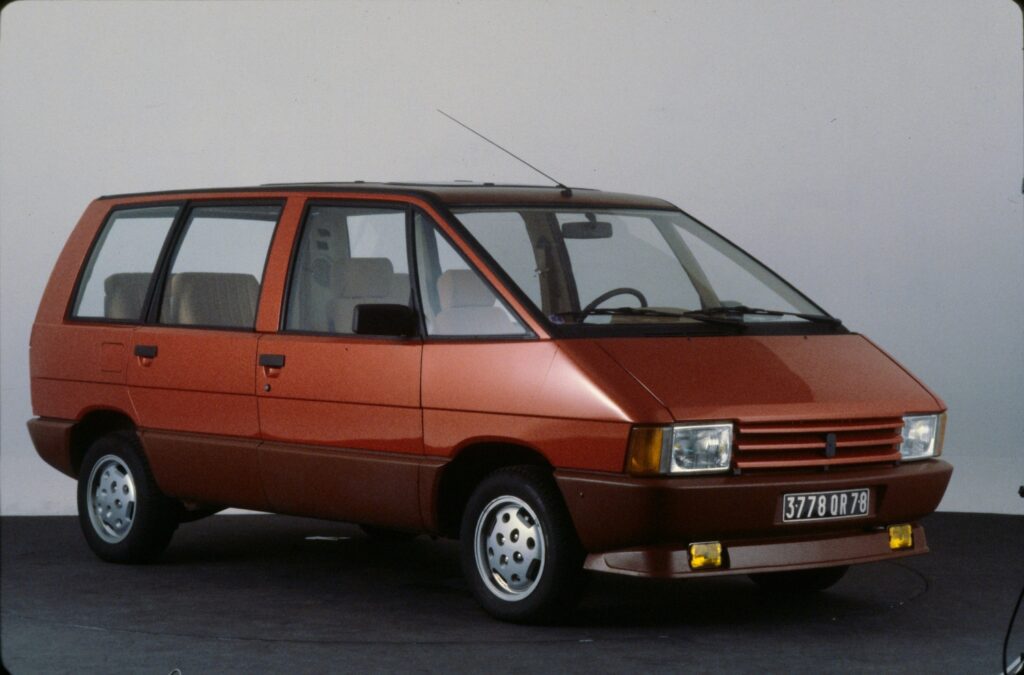
Thanks to the fibreglass body on a galvanised spaceframe chassis the Espace remained fairly light despite its size, and with 2.0-litre petrol and diesel engines and a 2.2-litre petrol option, the car didn’t feel sluggish even when full of occupants. Eventually the idea of a multi-purpose vehicle took off, the popularity of the Espace subsequently grew, and the rest is history. Who would have thought that you could one day own a people carrier with classic car status.
Rover 200
As mentioned above with the Montego, the Rover 200 was launched at an important time for the British Leyland brand. Intended as a replacement for the aging Triumph Acclaim and as a more upmarket option to the Maestro and Montego models, the move was a risk for the ‘Rover’ name of devaluing itself having previously being reserved for large executive saloons as well as Land Rover and Range Rover models at the time.
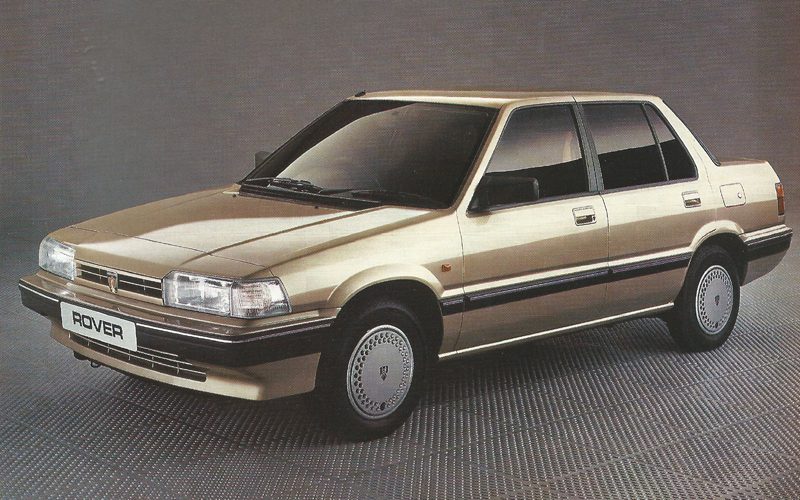
The move was worth the risk however as the small saloon market was very popular at the time and the new 200 was taking on rivals from Ford with their Orion, Volkswagen with the Jetta and the upcoming Vauxhall Belmont. The car was a collaboration with Honda (see below for Honda Civic) so wasn’t actually based on either of the Austin models and used either Honda Civic 1.3-litre engines or Rover’s own 1.6-litre to create the 213 and 216 models. The gamble certainly paid off, almost 420,000 Rover 200 models were sold over its 5 years of production.
Lancia Thema / Alfa Romeo 164 / Saab 9000 / Fiat Croma
In a bit to reduce development costs an agreement was made between Lancia, Alfa Romeo, Saab, and Fiat to produce a shared front wheel drive platform that would create a top of the range saloon for each of the four manufacturers. Whilst some of the bodywork and select components would be different between each manufacturer, the chassis remained identical between each car. This produced the Thema, 164, 9000 and Croma and gave a platform for each model for the next 14 years.

Whilst each manufacturer had their own take on the cars, with different suspension components, crash protection measures (particularly for the Saab), interiors and styling trim, the cars were largely very similar. The move proved a huge success for each brand with 336,000 Lancia Thema’s sold, 273,000 Alfa Romeo 164’s sold, over 500,000 Saab 900’s sold and 438,000 Fiat Croma’s sold during their respective production runs.
Mercedes Benz E-Class (W124)
The Mercedes Benz E-Class (W124) brought the brand right up to date and demonstrated several pioneering features from its engineering to its technology on offer. Its shape was incredibly aerodynamic with one of the lowest drag coefficients of any vehicle at the time, this meant wind noise was reduced and fuel efficiency improved. Furthermore, the automatic closing boot on the estate car was silent when closing to avoid annoying your neighbours, the headrests in the saloon and coupe models could be folded down remotely to aid vision when reversing, even the windscreen wipers had a complicated single wiper double pivot movement to wipe more of the windscreen than a double wiper arrangement.
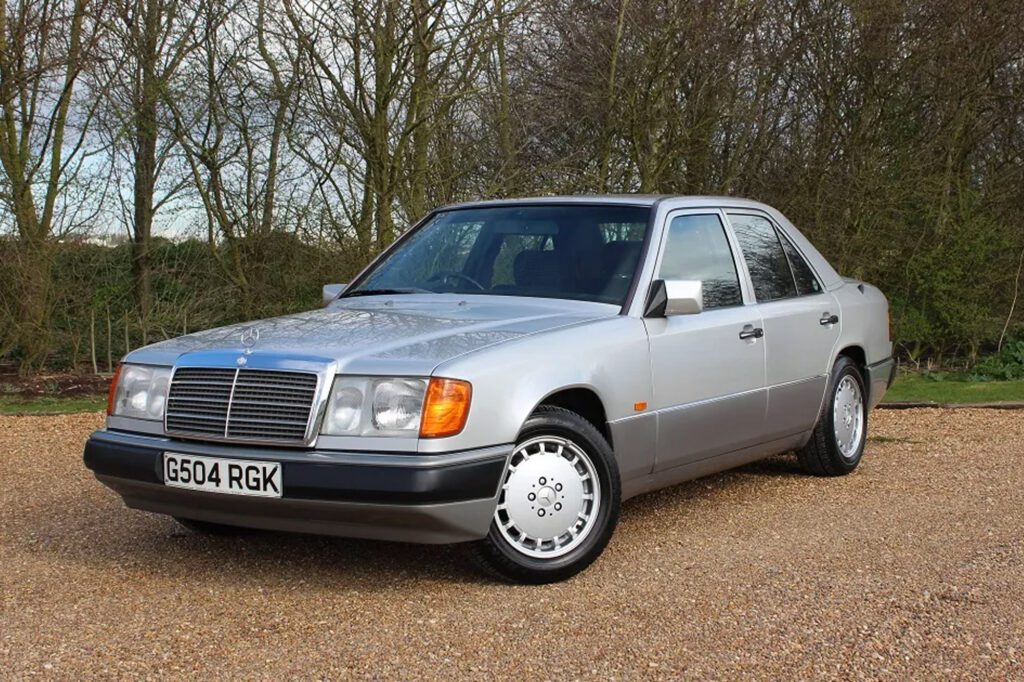
Everything from the sophisticated suspension set up to the engine range was aimed at providing a ride quality and smoothness of drive that the brand wanted to portray to their customers. Mercedes really went to town with how much they thought about each, and every part of the W124 E-Class and the results showed for themselves with not just its popularity but its longevity too. The W124 became a style icon of executive vehicles in the 1980’s and 1990’s and its appeal still lives on to this day.
Saab 90
The Saab 90 was an attempt to bring the existing Saab 99 into a more modern era by incorporating the look of the more recent 900 and the flagship 9000 that was released at the same time. It would also ensure that the model was simpler to produce cutting costs for their entry level model. The initial concept was literally a cut together of two press images, the front of a Saab 99 and the rear of a 900, with a physical concept achieved in the same way by sticking the two cars together.
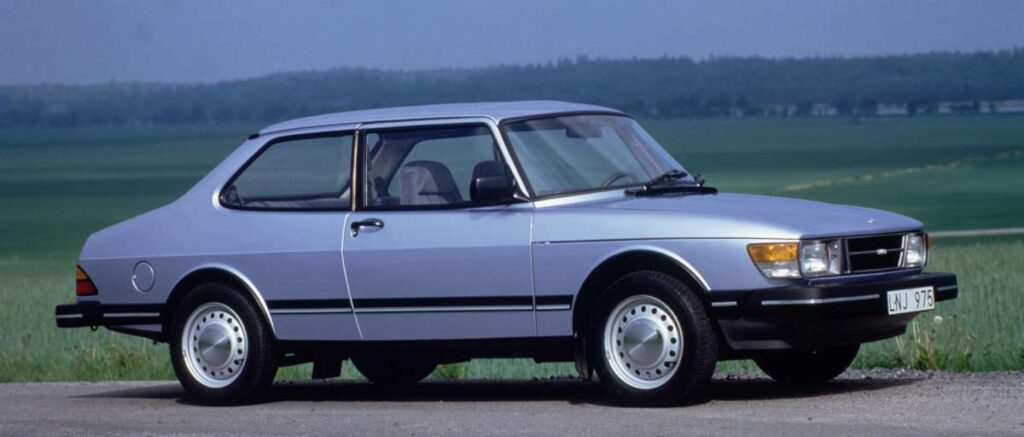
Despite sales figures of just over 25,000 units for the short 3-year production run, the 90 was a familiar sight on roads at the time, especially in Sweden where 40% of the total cars were sold. Despite being an entry level model for the brand, the renowned Saab build quality was still ever present and means that even today it isn’t such a rare occurrence to see one on the road still going strong. With the manufacturer no longer producing cars, the following of the Saab brand is as passionate as ever and many would have already considered cars such as the 90 as a definite classic model.
SEAT Ibiza
The Ibiza has always been known as SEAT’s most popular model. Marketed as a car with ‘Italian styling and German engines’, it utilised a rejected design for a new Volkswagen Golf by famous car designer Giorgetto Giugiaro, as well as having a gearbox and powertrain developed in collaboration with Porsche. It even had ‘System Porsche’ inscribed on its engine blocks, but only after SEAT agreed to pay Porsche royalties on each car for the privilege.
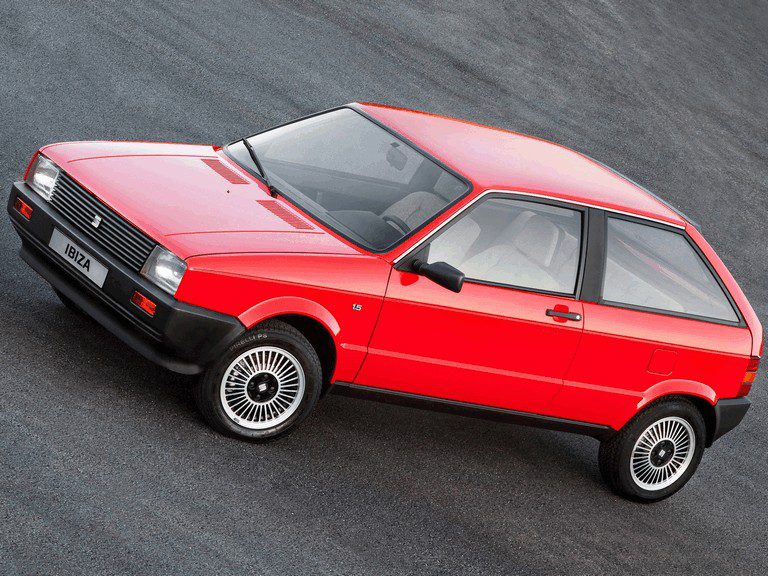
Despite slow early sales, the fact that it was more spacious and had more luggage capacity than many of its rivals, as well as its cheaper price point, meant that it was soon selling 10,000 units per year. In fact, the first generation of Ibiza sold more then 1.3 million units over its 9-year production run. It might not be everyone’s idea of a ‘classic car’ as such, but its popularity and undoubted wining formula means it certainly deserves all the recognition it receives.
Toyota Land Cruiser (J70)
A new generation of Land Cruiser is certainly a momentous occasion. In fact, since production started in 1951 there have only been 4 model iterations of the ‘heavy duty’ most capable series, the original FJ and BJ models of 1951, the J20 of 1955, the J40 of 1960 and then the J70 of 1984 which is still in production today. The introduction of the J70 meant styling upgrades and major updates to the technology on offer, yet its off-road capability and durability had to be retained.
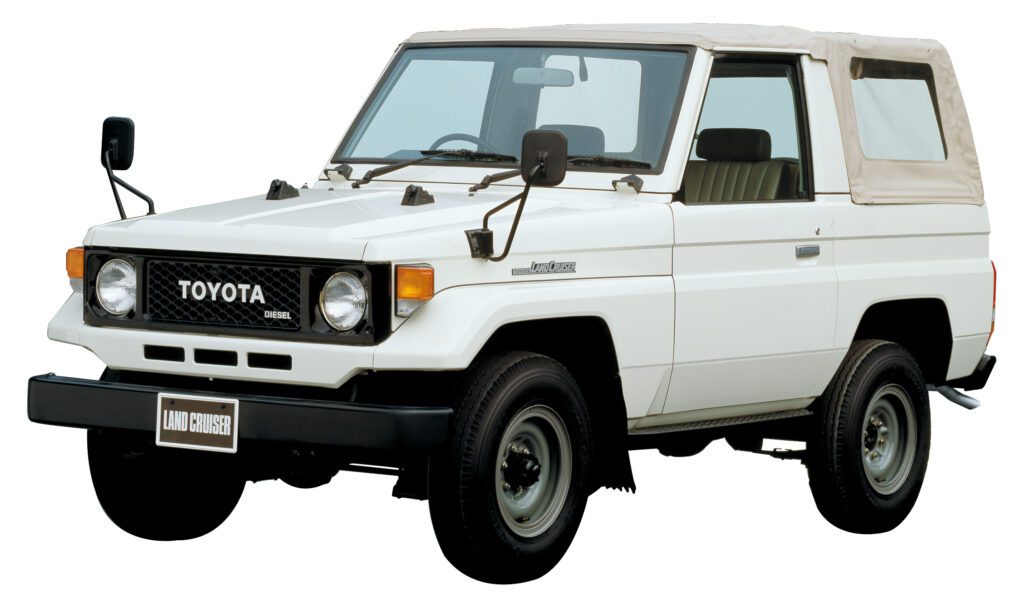
The Land Cruiser model is as legendary as they come and is by far the longest running series of models by Toyota. More than 10 million units have been sold worldwide and its cultural significance as an off-road icon is something only rivalled by the Land Rover Defender and Willys Jeep. Original models have long been seen as out and out classic cars, yet it is only right that the first of the J70 models has now received the same status. Even the latest 2024 Land Cruiser has used the first of the J70 models as retro inspiration for the look of the forthcoming model.
Honda Civic (3rd Generation) & CR-X
The appeal of JDM cars has grown exponentially over the past few years, not only in terms of popularity, but many have also seen their values appreciate to all new levels. As well as the iconic models such as the Nissan Skyline, the Toyota Supra and Subaru Impreza, the following of 1980’s hatchbacks has also been on the rise. Cars such as the 1984 model year Honda Civic and CR-X sibling are the perfect example of a car that may have been commonplace at the time, yet its demand amongst JDM enthusiasts has meant that demand is greater than ever for this once cheap hatchback model.
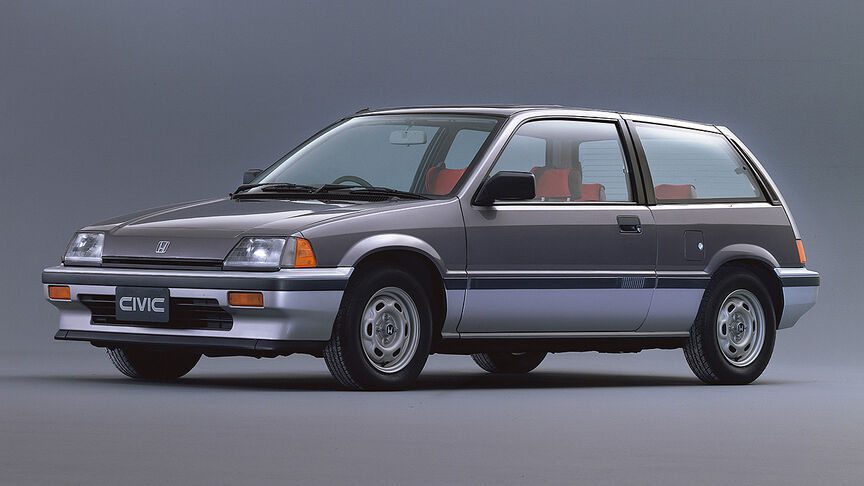
The third generation of Honda Civic hatchback brought not only the ‘shooting brake’ 3-door styling to the model, but also spawned the rebodied sportier CR-X, the sports coupe Integra, the MPV ‘Shuttle’ and even the Rover 200. It was the roomiest and best handling Civic yet and its angular styling was bang on trend for the era. Not only that but the model introduced a four-wheel drive option, usually only reserved for high performance cars and off-roaders at the time, making the Civic a rare proposition. Whether you prefer the Civic or the sportier CR-X, a fantastic condition low mileage unmodified example of either will probably be asking more money than you were expecting in today’s classic car market.
Classic Car Finance
If you are looking at purchasing your first classic car or your 100th, our expert team have over 18 years of experience in sourcing tailored car finance products, including the models mentioned above. Whatever type of car you’re looking for, you can get in touch with us either by calling 0800 012 6666 or clicking here.
With over 2,200 Trustpilot reviews, having funded over £1.9 billion and counting, and four-time consecutive award winners of the Best Specialist Car Finance Provider award from 2020 through to 2023, you too can find out why thousands of people trust us time and time again to find a smarter, tailored funding solution when looking for your next dream car.
Make sure you follow us on Instagram, LinkedIn and Facebook to keep up to date with what’s happening in the market and to see some stunning photos and videos of the amazing cars we fund.
